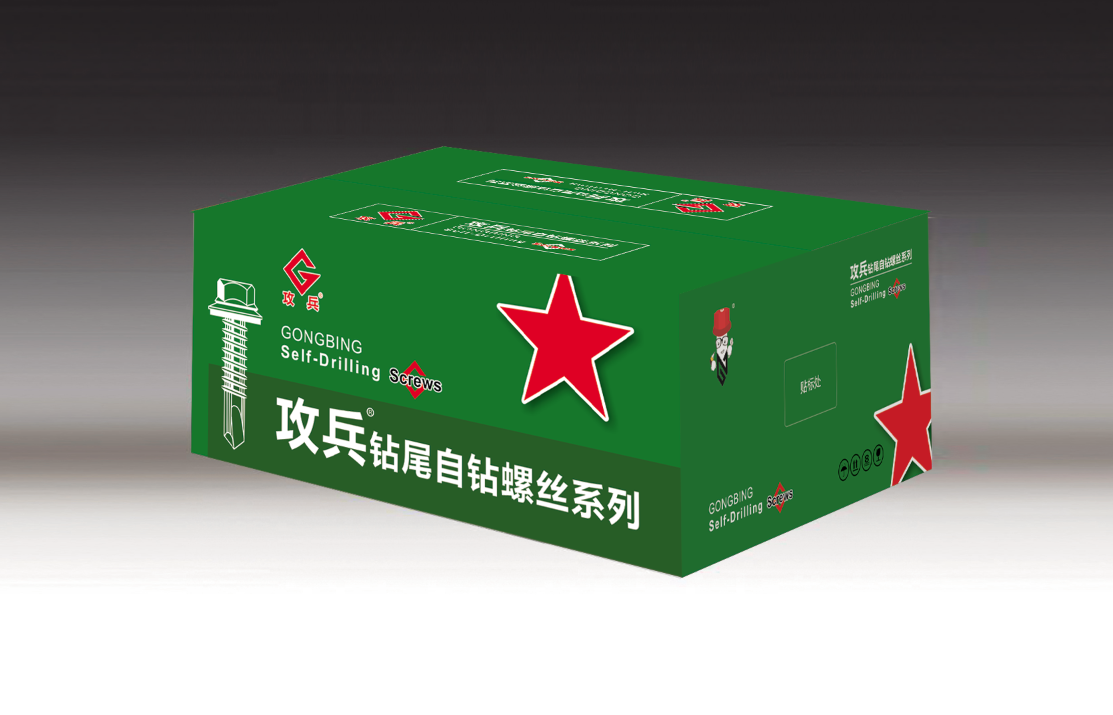double end right and left hand threaded rods
Understanding Double Ended Right and Left Hand Threaded Rods
Double ended rods are versatile components widely used in various industries ranging from construction to automotive applications. These rods come equipped with threads on both ends, allowing for secure connections in assemblies. Notably, there are right-hand and left-hand threaded rods, each having distinct applications due to their design.
What are Double Ended Rods?
Double ended rods, as the term suggests, have threads on both ends. These rods can be made from various materials, including steel, aluminum, or even plastic, depending on their intended use. The basic function of a double ended rod is to provide a means to join two components together. In practical applications, they are often paired with nuts and bolts to achieve a strong, stable connection.
Right-Hand vs
. Left-Hand ThreadsOne of the most crucial aspects of double ended rods is the distinction between right-hand and left-hand threads. Right-hand threads are the most commonly used and are tightened clockwise while being loosened counterclockwise. Conversely, left-hand threads are designed to tighten counterclockwise and loosen clockwise. This variation is essential because it provides solutions to specific engineering challenges.
The use of both right-hand and left-hand threaded rods allows for unique assemblies where opposite rotations can be leveraged. For instance, if a mechanism requires a counterclockwise rotation to lock components together, a left-hand threaded rod can be integrated into the design. This function is particularly useful in applications like automotive steering systems, where rotational motion must be precisely controlled.
double end right and left hand threaded rods

Applications of Double Ended Threaded Rods
Double ended threaded rods can be found in numerous applications across different sectors. In construction, they are often used in tensioning cables, providing stability to structures like bridges or towers. Their dual-thread design allows for easy adjustment when it comes to tightening or loosening connections.
In the automotive industry, double ended rods featuring one right-hand and one left-hand thread are commonly utilized in tie rod assemblies. These rods help maintain the alignment of vehicle wheels, ensuring a smooth driving experience. The ability to adjust the length of the tie rod — through right and left-hand threading — enables mechanics to make precise alignments easily.
Furthermore, in custom woodworking and furniture, double ended rods can provide adjustable support for shelving units or tables. The capability to fine-tune the height or alignment of components is essential in achieving stability and aesthetic appeal.
Conclusion
In conclusion, double ended right and left hand threaded rods are indispensable components that offer versatility and convenience across various industries. Their ability to connect and adjust parts securely while accommodating opposite rotational movements makes them valuable in many practical applications. As we continue to innovate in engineering and design, the importance of understanding these components will only grow, driving further developments in their uses and capabilities. Whether in construction, automotive, or custom projects, harnessing the advantages of double ended threaded rods is vital for achieving robust and adaptable solutions.
-
Weatherproof Plastic Expansion Anchors for OutdoorWararkaJun.06,2025
-
Sustainability in the Supply Chain: Eco-Friendly TEK Screws ProductionWararkaJun.06,2025
-
Load-Bearing Capacity of External Insulation FixingsWararkaJun.06,2025
-
Double Head Bolts: Enhancing Efficiency in Industrial MachineryWararkaJun.06,2025
-
Corrosion Resistance in Chipboard Screws: Coatings for Wholesale DurabilityWararkaJun.06,2025
-
Butterfly Toggle Bolts : Enhancing Structural ResilienceWararkaJun.06,2025
